(5 facts you likely didn’t know about Dance Dance Revolution)
UPDATE: We heard you loud and clear and got DDR Guru Toby Nakhorn to help fix this post up for us. Thanks Toby!
Dance Dance Revolution arrived at a time where the arcade video game market was entering a new and challenging phase in its lifespan. Before DDR’s conception in the late 90’s, arcades were flooded with popular fighting games such as Capcom’s Street Fighter II (1991) and Mortal Kombat(1992). Competition with powerful home consoles capable of rendering “good enough” 3D graphics left an opening for a new genre to take the industry by storm by providing an experience only possible in the arcade.
To understand the creation of this new genre, one has to know a little history about the Japanese game giant Konami first. Konami is widely regarded for kick starting the whole arcade music game phenomenon back in 1997 with their DJ Simulation game “Beatmania”. This was a huge 12 years before “DJ Hero” was released to the Western market!
Then came Dance Dance Revolution. It followed up on Beatmania’s success, being released in Japan in 1998. This machine came as a welcome addition to the arcade gaming scene at the time which, as we mentioned above, was still being dominated by fighting games. At first, DDR was met with hesitation and doubt due to its innovative but different physical based gameplay. As this was a far cry from the standard “joystick/button” control scheme at the time, operators wanted to see results before they bought. However, it quickly caught on and by 2003, Konami had already sold more than 6.5 million units worldwide.
DDR’s premise should need no explanation, but in case you’ve been living under a very big rock for the past 2 decades; this is a rhythm-based game, where the player needs to step on the arrow foot panels in the correct order when they hit a specific point at the top of the screen.
The general gameplay was simple, but effective. It required just enough skill to engage the casual crowd, but had plenty of challenges in the higher difficulties to appeal to the most hardcore gamers. This machine definitely had something to offer to all types of gamers and while it’s popularity today is more than evident, there are some facts that you still may not know about the DDR games.
Fact #1: The Amount of Spin-off Machines Is Staggering
Did you know that, on arcade machines alone, there are 27 different releases of DDR? And that’s without taking into consideration the various home console ports of the game. Just as the fighting game franchises before it, many companies saw the huge boom in player interest which translated into a big money making opportunity. As a result, clones began to flood the market for better or worse. Many were poor copies while a few did manage to improve upon DDR’s system, leading fans to move on to other games.
While DDR was definitely the most well known arcade dance game due to Konami’s global presence, it reached a point where some fans felt the gameplay was getting stale with no new play systems.
For example the “Freeze Arrow” was introduced in DDR Max 6th Mix in 2001. It is a long arrow that must be held its entire length in order to score points. However this freeze arrow first appeared in “Ez2 Dancer 1st Move” and then in “Pump It Up Perfect Collection”. This innovation came about from two different companies both one year before DDR would do it. Pro players were also getting used to much harder songs on PC based “Stepmania” or Konami’s main arcade rival game “Pump It Up”, the latter finding a loyal audience across South America.
Pump It Up by Andamiro
Pump It Up / PIU or commonly known as just Pump, is a Korean dance game with five arrow panels counter-intuitively placed in the opposite positions of DDR’s; up-left, up-right, bottom-left, bottom-right, and a center panel. Released in South Korea in August 1999, this was the first main rival to DDR. Pump catered more to freestyle players than technical players with more freestyle-friendly charts. Due to its massive popularity in South America, there were also many Latino songs added to the roster, leading to a street dance and break dancing culture becoming attached to Pump.
However in recent years the game has catered more towards technical players with a vast array of high difficulty songs and stepcharts.
Konami filed a lawsuit in Seoul, Korea against Andamiro in 2000, claiming that Pump it Up infringed upon their design right for Dance Dance Revolution. The court ruled in Konami’s favor, but Andamiro appealed. At the same time, Andamiro sued Konami in the state of California, claiming that DDR violated their patent for Pump It Up. Both suits were ultimately settled out of court and both games series carried on. The details of the settlement were never publicly released.
As a result, two strong rumors circulated:
1). The original developer sold their dance pad patent to both Andamiro and Konami at the same time period, letting them fight it out in court.
2). One of the conditions Konami made to Andamiro of the settlement was that Pump It Up could not be released in Japan for a period of time. This ended in summer of 2015, when Andamiro aggressively entered the Japanese market for the first time with “Pump it Up Prime: Japanese Edition” in 2015, distributed by arcade giants SEGA.
Pump It Up became a cultural phenomenom in South Korea during the first few years of release. Due to its mainstream popularity, two versions of Dance Dance Revolution were released exclusively for the Korean market; 3rd Mix Ver.KOREA & Ver.KOREA2 PLUS, which added Kpop songs to pull in Pump players.
Pump It Up also completely dominated the Brazilian and Mexican markets to the point where it constantly featured on TV, filled sports stadiums for tournaments and made Korean pop a big thing for those gamers in the early 2000’s.
Andamiro also created World Pump Festival, better known as WPF, in 2005. WPF is unique from other machine dance tournaments due to the large amount of prize money on offer (total prize money offered during one event was $148,000), and the amount of national qualifiers around the world. At WPF, the best technical and freestyle players are flown from several countries to compete in their respective categories: Speed and Freestyle.
Previous locations of WPF have been held in Korea, China, Indonesia and Mexico. When the game popularity was at its height, nationals (qualifiers for WPF) in Mexico and Brazil were held in sports stadiums. Andamiro provides a round trip flight, hotel, meals, transportation and tour at WPF for national winners. Spectators wishing to travel also have accommodation and most expenses covered.
During the absence of official DDR releases in Europe and America from 2011 to 2016, Pump It Up was the only updated dancegame in the western market. Looking for the latest Pump It Up? Click here!
In The Groove (ITG) by Roxor
“In the Groove” aka ITG released in 2004, utilizes very similar mechanics to DDR. Like DDR, there are 4 arrows. Stepcharts on ITG can sometimes contain 3 or 4 arrows on screen at once (supposed to be hit with hands but usually hit by placing one or two feet between two arrows making them hit both). Stepcharts can also contain Mines; If a player is on an arrow when a mine passes through the step zone for that arrow, it will explode and health will be lost.
One of the main attractions of ITG was the harder songs. Players had exceeded the difficulty levels given in DDR, and the stepcharts in ITG were far more technical and stamina draining. These new challenges led players to adopt new playstyles taking into account how much weight you put on the bar, best shoes to wear, form and stamina conservation. Talcum/baby power was used on the pads to get more grip, and some players would take off their shoes and double up on socks to move faster and for the best play technique. Compared to DDR as a more social game, ITG was serious business.
Konami filed a lawsuit against Roxor Games in May 2005. Konami claimed that Roxor had infringed their dancing game patent rights and the refitting of arcade cabinets from DDR to ITG “has been done in an infringing and unfair way”. (ITG was an upgrade kit for existing Konami DDR cabinets!).
Roxor Games filed a counterclaim against Konami. Roxor denied the claims in Konami’s complaint, stating that ‘In The Groove’ does not violate patent law and that claiming that Konami has engaged in unfair competition.
The lawsuit ultimately ended in a settlement. On October 18, 2006, Roxor announced that Konami had acquired the intellectual property rights to the ITG series as part of the settlement to this litigation.
Despite this controversy, ITG has become one of dancegames of choice among hardcore players. After the lawsuit, players started making their own songpacks which could be added to the machines. Most arcades with ITG let you add these updates via USB stick. Being so versatile and having the latest music without having to wait for the developer to add it on, ITG is in all essence a dancegame players dream. Tournaments are held across the world to this day, with The States having the biggest ones and the best players.
While Pump and ITG became the most successful spin offs, there were many other dance machines produced based upon DDR!
Ez2dj and Ez2 Dancer
Following Konami’s DJ simulation game Beatmania, Amuseworld in Korea created a similar DJ wrist scratching game called “Ez2dj”. They followed this up with Ez2 Dancer; a dance machine with 3 pad sensors and 4 hand sensors. It shared a lot of music and artists from Ez2dj and was a mainly freestyle based game. Funnily enough it had moderate success far across the pond in England, where two specific mixes were made; “UK Move” and “UK Move Special Edition”.
The Ez2 team went on to make the highly regarded “DJ Max” series of games on Sony’s PSP and Vita consoles. They also had a hit with the “DJ Max Technika” arcade series, one of the first touchscreen arcade music games. DJ Max Technika set the trend for touchscreen arcade games that exist today. The latest version of Pump It Up PRIME 2: 2017 also has a licensing deal with Ez2dj songs crossing over into Pump.
Danz Base
This is a copy of Konami’s Dance Evolution. Chinese company Wahlap capitalized on the fact Konami were not releasing their arcade games in several regions, and flooded the market with Danz Base. Cabinets exist all over Asia and even Europe. If you have played “Just Dance” on PlayStation or Xbox, then you will know what Danz Base is all about. There are no step panels; just motion sensors all around you to register your choreography to the on –screen dance routines
Dance Core
Similar to Dance Evolution/Danz Base; the fundamental difference was how your performance was not measured so much about hitting arrows, but graded upon shifting body weight on pressure sensors while dancing. Due to its freestyle nature, it became popular with streetdancers who showed off on stages during the frequent tournaments the company pushed out. With customizable songs, charts and events, Dance Core dominated Chinese arcades for a good period of time.
3DDX – e5 Dance Station
Originally released worldwide as 3DDX back in 2002, this used 4 diagonal pad sensors for your feet and and 4 light sensors for your body. Through various iterations, it evolved from Super Dance Station into “Ez5 Dancer”. While not as technically advanced as Dance Core, Ez5 is currently huge in China due to the sheer number of updates it’s manufacturers push out. Weekly new songs and internet ranking challenges means it’s played more than any other dancegame in the county. Due to the popularity of arcades there and the size of the county with the sheer proliferation of machines, it’s even arguably the most currently played dancegame in the market today.
Other games included Jalecos “Stepping Selector” with its weird cabinet design and outlandish music videos, “Pop’n Stage”; a dance pad version of its music game “Popn’Music”, and a strong shoutout to F2 Systems Techno Motion that had 9 dance panels and buttons on the cabinet to switch the on screen arrows to 5 panel play (Pump) or 4 panel play (DDR) as you were playing the song!
There were many more dance games and even more clones of other Konami music games, but this article is sticking more to direct Dance Dance Revolution clones.. Maybe we’ll cover the other games in a future article!
Fact #2: DDR is an incredible way to keep fit and loose weight
Many news outlets have reported how playing DDR can be good aerobic exercise, some regular players have reported weight loss of 10–50 pounds (5–20 kg). In one example, a player found that including DDR in her day-to-day life resulted in a loss of 95 pounds (43 kg). Some other examples would be Matthew Keene’s account of losing upwards of 150 pounds (68 kg) and Yashar Esfandi’s claim of losing 85 pounds (39 kg) in four months through incorporation of DDR. Although the quantity of calories burned by playing DDR have not been scientifically measured, the amount of active movement required to play implies that DDR provides at least some degree of healthy exercise.
Many home versions of the game have a function to estimate calories burned, given a player’s weight. Additionally, players can use “workout mode” to make a diary of calories burned playing DDR and any self-reported changes in the player’s weight.
In 2004 Dance Dance Revolution became an official sporting event in Norway. The first official club, DDR Oslo, was founded in 2004. The tournaments in Norway were divided into two parts, a group play where the 2 or 3 best players from each group went to the final rounds. Elimination of the player with the lowest game score was used for each round in the finals. The scoring system used was based on people dancing to 2 or 3 songs. Some of the songs were selected randomly and had to be played by everyone. The others were player-chosen, which introduced some strategy into the game, as some songs had higher possible scoring than others. Dancing Stage EuroMix 2 was officially used for the Norwegian tournaments.
(A spin off from DDR, DDR “Solo mix” being played by 2013 Guinness Word Record player Aleta Ewing).
Fact #3: There are Several Defined Playing Styles
You’ve seen “that person”, spinning around on the dance machine, showing off and acting all flash. Or was it a player seemingly gripping the bar for dear life, concentrating hard on the screen and mashing the pads as if they were stamping out an ant nest epidemic? Individual playing style will usually fall into one of two categories, speed or freestyle.
Speed is also known as “perfect attack” (PA) in DDR, or “fantastic attack” (FA) in ITG. This is playing the game to get the highest possible score. Players minimize extraneous body movements to conserve energy, don’t return their feet to the center (neutral) metal panel in favor of prioritizing foot movements to hit the inside edges of the sensors rather than stretching to get the outside ones. A player with good technique attempting a hard song will essentially look like they are almost standing still, vibrating on the spot!
Freestylers are the complete opposite of speed players. Freestyle is using any moves or style of dance that you want, that you think goes with the song. One step further is having a routine – This means memorizing the stepchart and facing the audience while performing dance moves. Freestyle routines often involve two people, and a variety of acrobatics. During the early freestyle days, the “Matrix Walk” was a popular move where the player would hold the bars, escape gravity and run across the screen during a break in the song. However this could damage the machine and was frowned upon. A popular move in Korea and Mexico was the “Bong Thomas” or BT; a very hard to do and impressive acrobatic bar flare. “Bong” is Korean for bar and Kurt Thomas was the Olympic gymnast who invented the flare move.
As a rule of thumb, freestyle dancers usually play on the lower difficulties so as to not be limited by the song’s vast amount of notes. However dedicated freestylers have been known to made routines on incredibly hard charts.
Fact #4: DDR Is a Popular Tool in Physical Education
Due to the aerobic nature of the game, some schools have opted to add DDR machines to their physical education curriculum. In 2006, Konami approved the use of DDR in West Virginia’s 765 state schools, a program which would be implemented over the following two years.
At the California Institute of Technology, the students are allowed to design their own fitness plan as part of their physical education requirements. This liberty also extends to the use of DDR to complement the aerobic parts of the program. Furthermore, at the University of Kansas, the students are allowed to enroll in a 1 credit hour DDR course.
“Positive Gaming” based in the Netherlands created “iDance” a very similar product to DDR, hard dance mats which were used and promoted in gyms and schools throughout Europe for the past 10 years. Last summer Positive Gaming sold their rights to “Excel Equipment” based in Illinois, who have taken on the reigns of that physical education legacy.
Fact #5: Many relationships and friends have been made via DDR!
While Arcades can be perceived as rough places for nonproductive activities. DDR is a very hands on game as well as a definite spectator sport. As players take their turn, others will hang around the machine, share tips, look at the visual display of skill on offer and generally get to know each other. Because the game isn’t essentially head to head competition (apart from tournaments), it’s more about cooperating to help each person improve their technique. Regular players see each other in their respective locations again and again, becoming friends and going for a drink, to the cinema, to the mall with their newly DDR made buddies. DDR has a much more balanced male to female ratio than other male dominated games, which has resulted in, and will continue, to help relationships form through the love of the game.
Dance Dance Revolution is only one of many dance machines in our catalog. We at PrimeTime Amusements are always providing you with the best solutions in arcade gaming sales and rentals. Are you looking for a machine in particular? Then feel free to call us at 1.800.550.0090. Or if you’re in the area, swing by at 5300 Powerline Rd, Ft. Lauderdale, Florida, and our staff of knowledgeable agents will help you out.

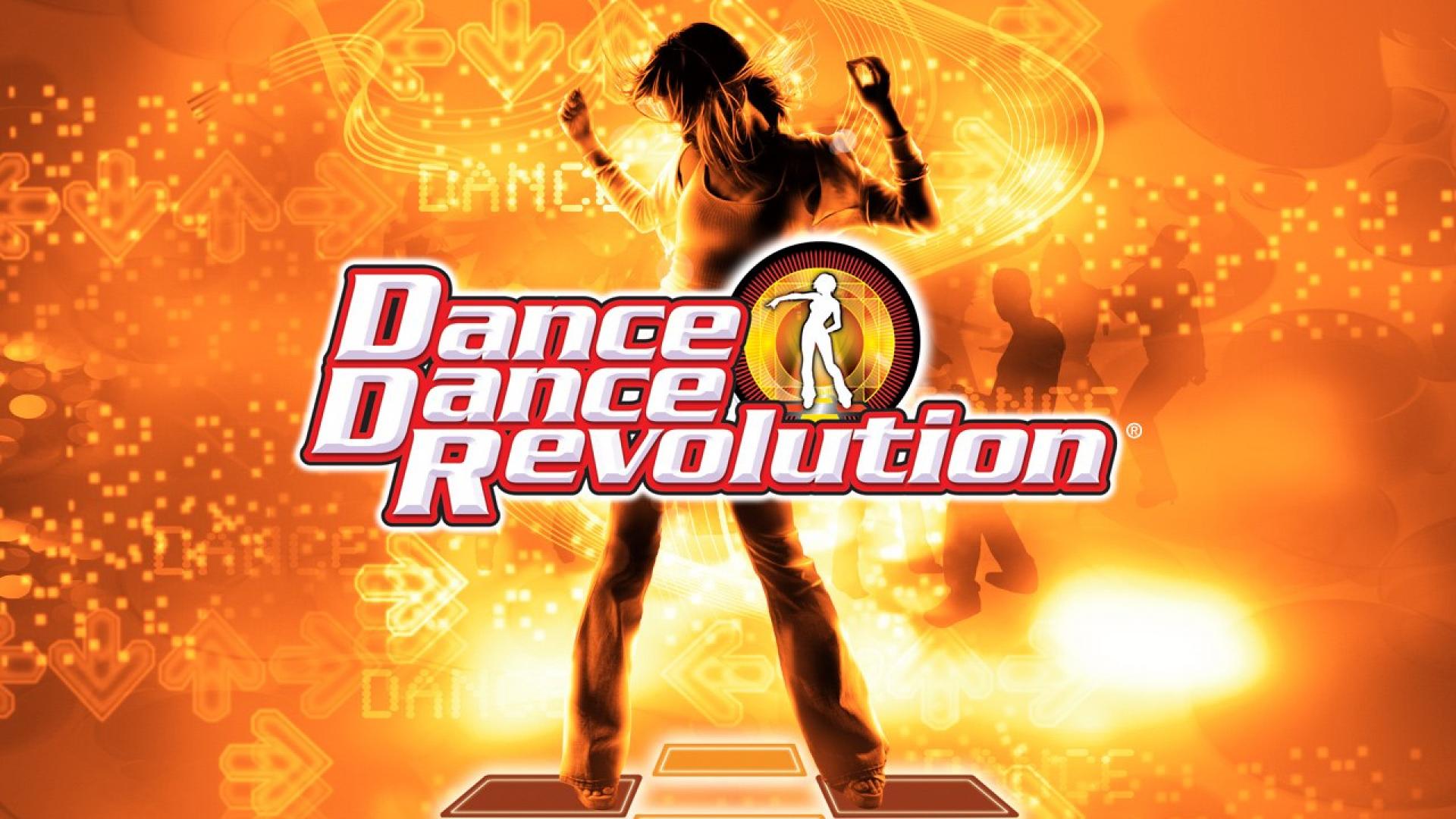
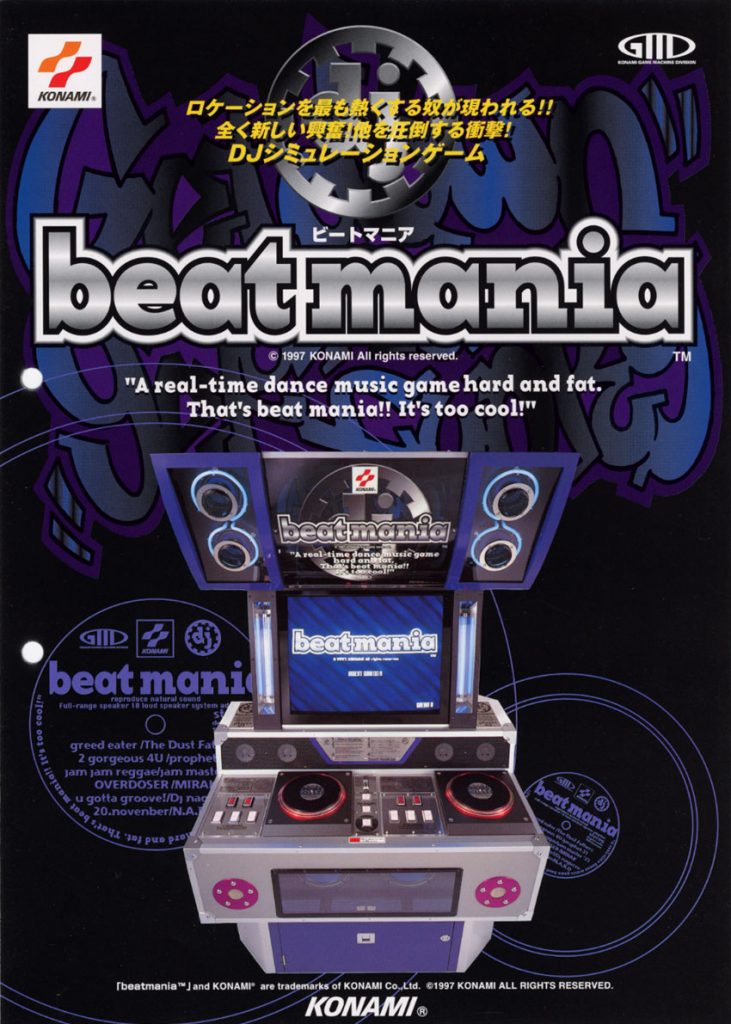


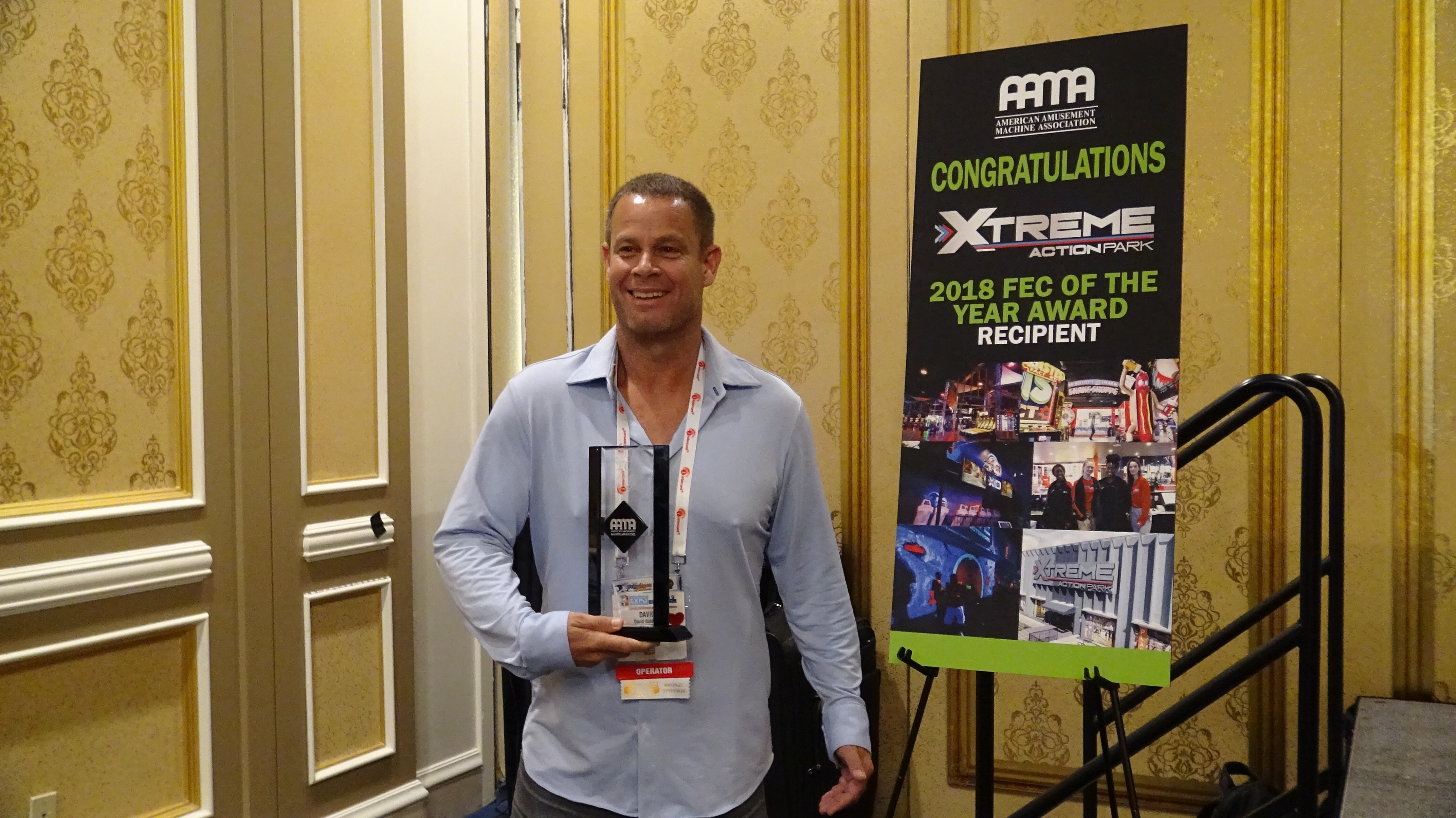
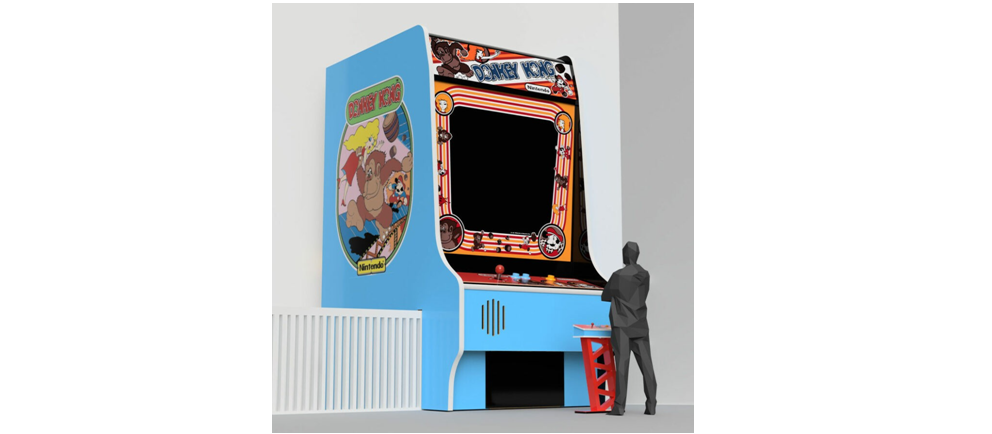
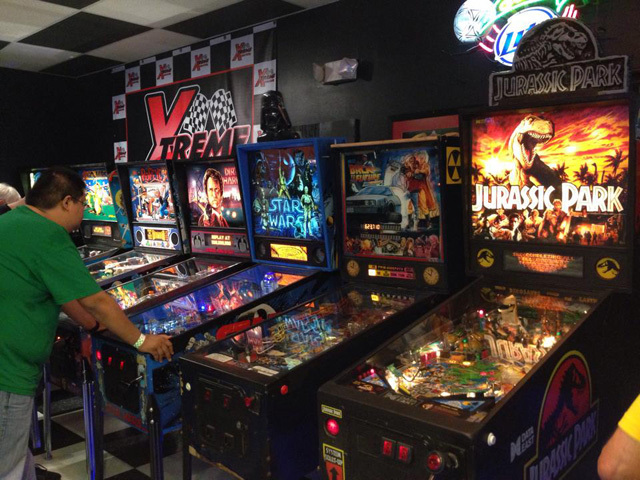

… [Trackback]
[…] Informations on that Topic: primetimeamusements.com/2016/10/07/5-ddr-facts-might-not-know/ […]